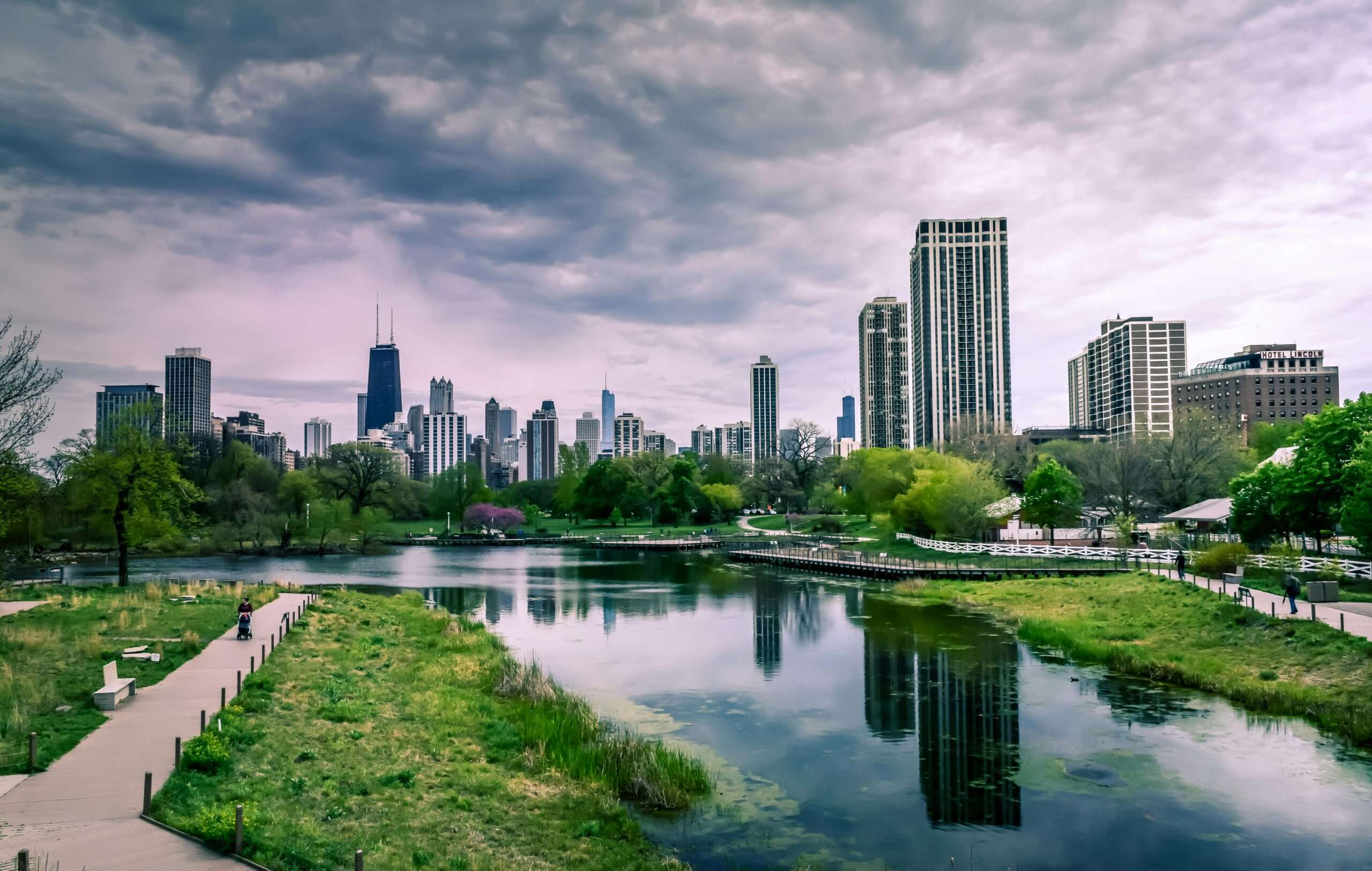
Urban parks serve as vital green spaces in cities, providing a natural remedy for the growing problem of air pollution. These parks, through their trees and vegetation, play a crucial role in improving air quality, enhancing the well-being of urban residents, and creating a healthier environment.
Natural Air Filters
Trees and plants in urban parks act as natural air filters. They absorb pollutants like carbon dioxide, sulfur dioxide, and nitrogen oxides through their leaves. This absorption process helps reduce the concentration of harmful gases in the air. The foliage also traps particulate matter, such as dust, pollen, and smoke, preventing these particles from being inhaled by residents. By increasing the green cover in cities, urban parks contribute to cleaner air and a reduction in respiratory problems.
Cooling Effects
Urban areas often suffer from the heat island effect, where temperatures are significantly higher than in surrounding rural areas. This temperature difference is mainly due to the extensive use of concrete, asphalt, and other heat-absorbing materials. Urban parks mitigate this effect by providing shaded areas and releasing moisture through a process called transpiration. The cooling effect of parks not only makes cities more comfortable but also reduces the formation of ground-level ozone, a harmful air pollutant that forms more readily at higher temperatures.
Carbon Sequestration
Urban parks play a significant role in carbon sequestration. Trees absorb carbon dioxide during photosynthesis, storing carbon in their biomass. This process helps offset the carbon emissions produced by human activities, such as transportation and industrial operations. The presence of parks in urban areas can significantly reduce the carbon footprint of cities, contributing to global efforts to combat climate change.
Promoting Physical Activity
Urban parks encourage physical activity among residents. Green spaces provide a safe and attractive environment for walking, jogging, cycling, and other outdoor activities. Increased physical activity leads to improved cardiovascular health and reduced obesity rates. Moreover, regular exercise strengthens the respiratory system, making it more resilient to air pollution. Parks, by promoting a healthier lifestyle, indirectly contribute to better overall air quality.
Community Engagement and Education
Urban parks serve as hubs for community engagement and environmental education. Events and programs hosted in these green spaces raise awareness about the importance of air quality and environmental conservation. Educational initiatives, such as tree-planting drives and nature walks, foster a sense of responsibility among residents to protect and maintain their local environment. Involving the community in the upkeep of parks ensures that these green spaces remain effective in their role as air purifiers.
Noise Pollution Reduction
In addition to improving air quality, urban parks help reduce noise pollution. Trees and shrubs act as sound barriers, absorbing and deflecting urban noise. This creates a quieter and more peaceful environment for residents. Reduced noise levels contribute to lower stress and better mental health, enhancing the overall quality of urban life.
Biodiversity Conservation
Urban parks are vital for conserving biodiversity in cities. They provide habitats for various plant and animal species, contributing to ecological balance. A diverse ecosystem in parks helps maintain soil quality, water regulation, and pest control, all of which indirectly influence air quality. Preserving biodiversity in urban parks ensures the resilience of these green spaces against environmental changes and pollution.
Implementing Green Infrastructure
Cities can maximize the benefits of urban parks by integrating them into broader green infrastructure plans. Green roofs, vertical gardens, and green corridors can complement the functions of parks, creating an interconnected network of green spaces. This approach enhances the overall environmental quality of urban areas, making them more sustainable and livable.
Urban parks are indispensable assets in the fight against air pollution. They provide a multitude of environmental, health, and social benefits that enhance the quality of urban life. By supporting and expanding green spaces in cities, we can create healthier, cleaner, and more resilient urban environments for future generations.